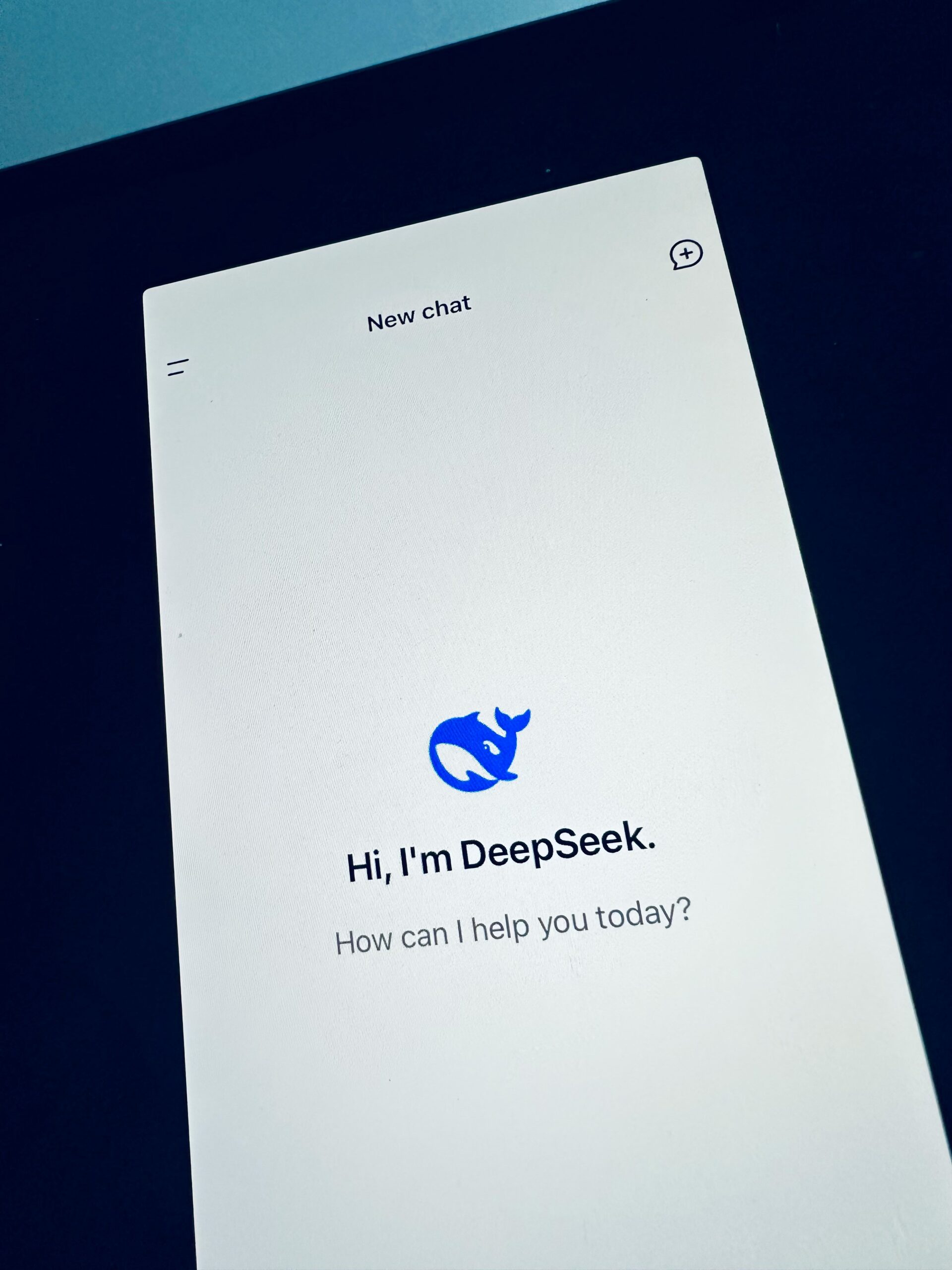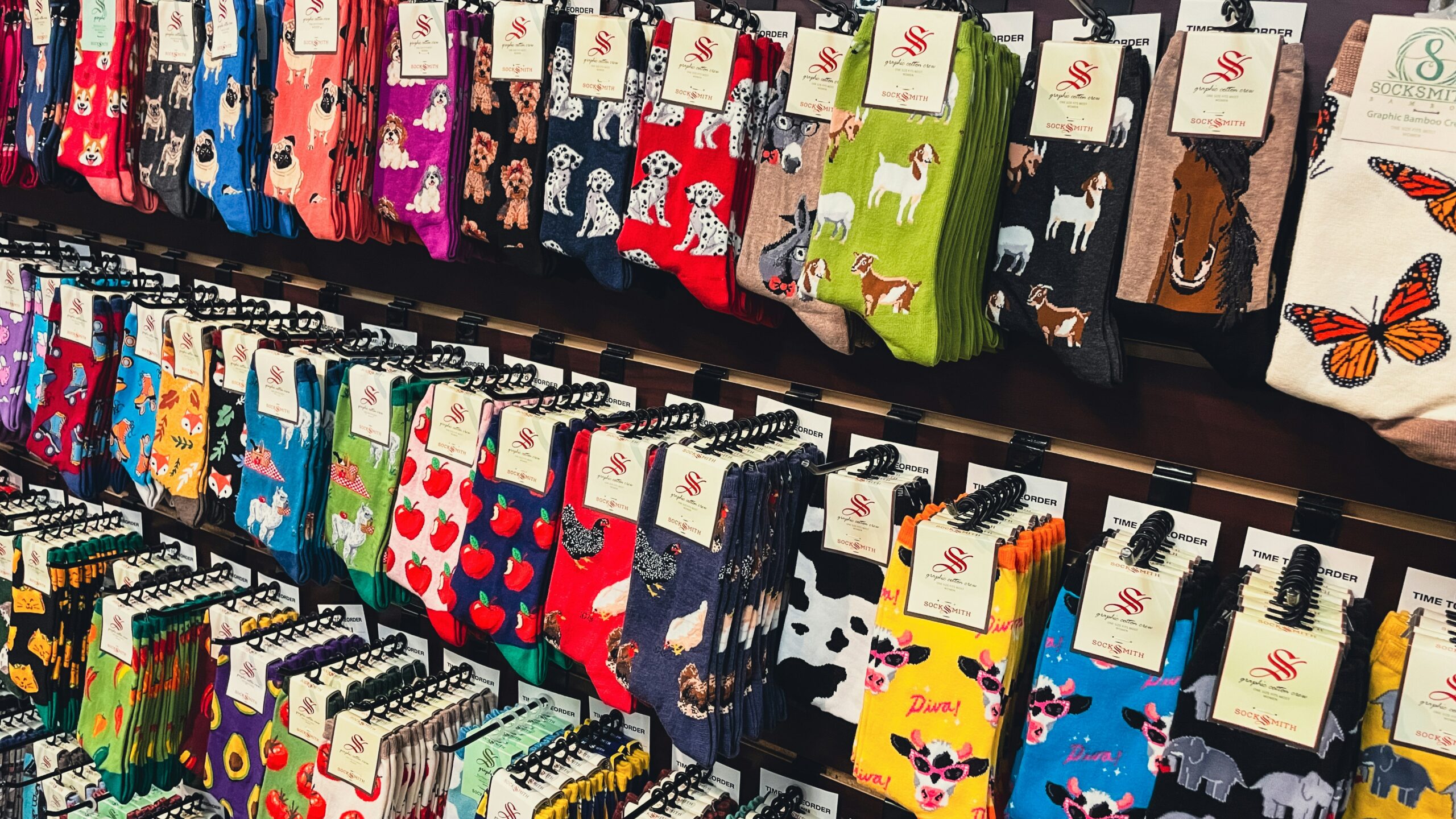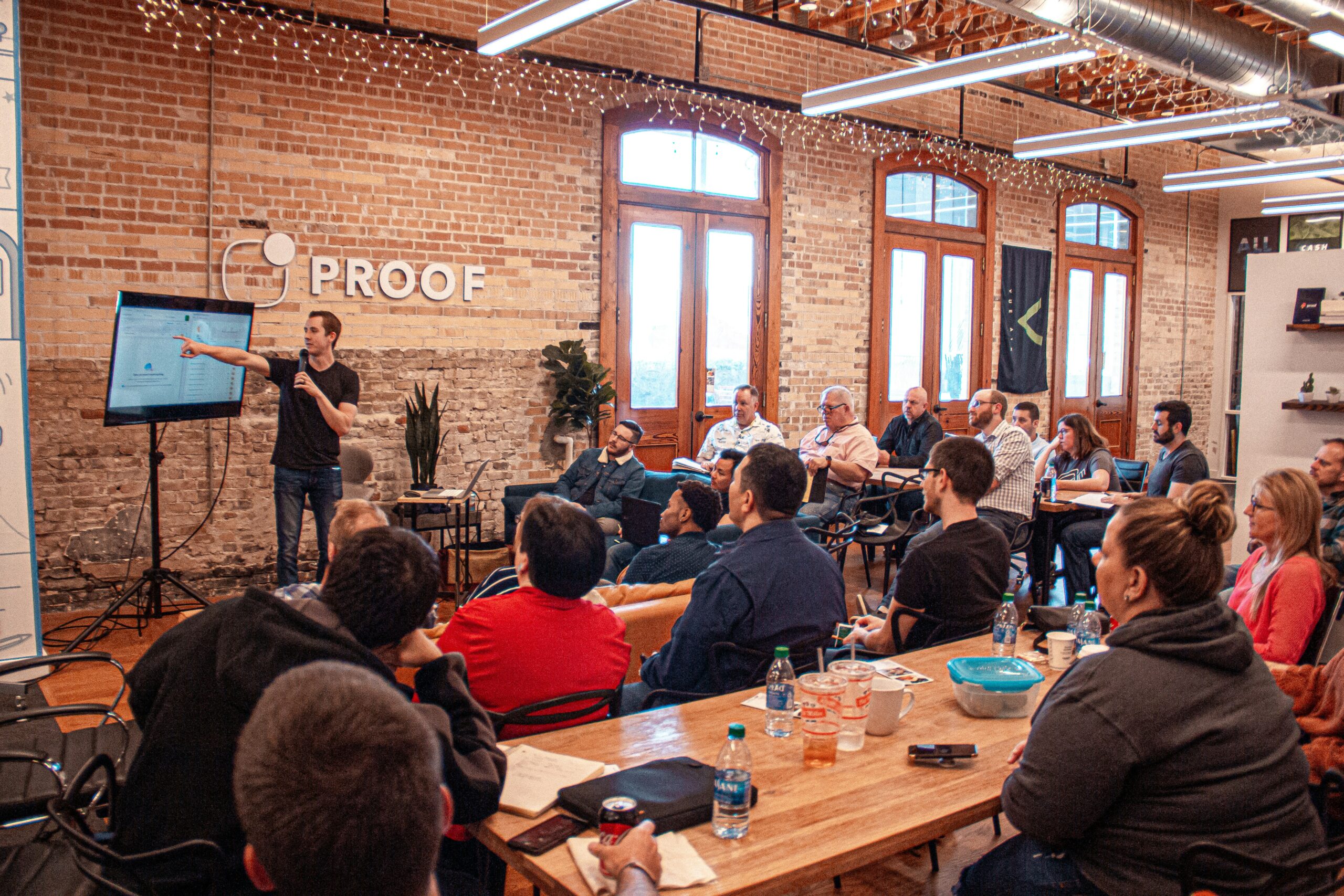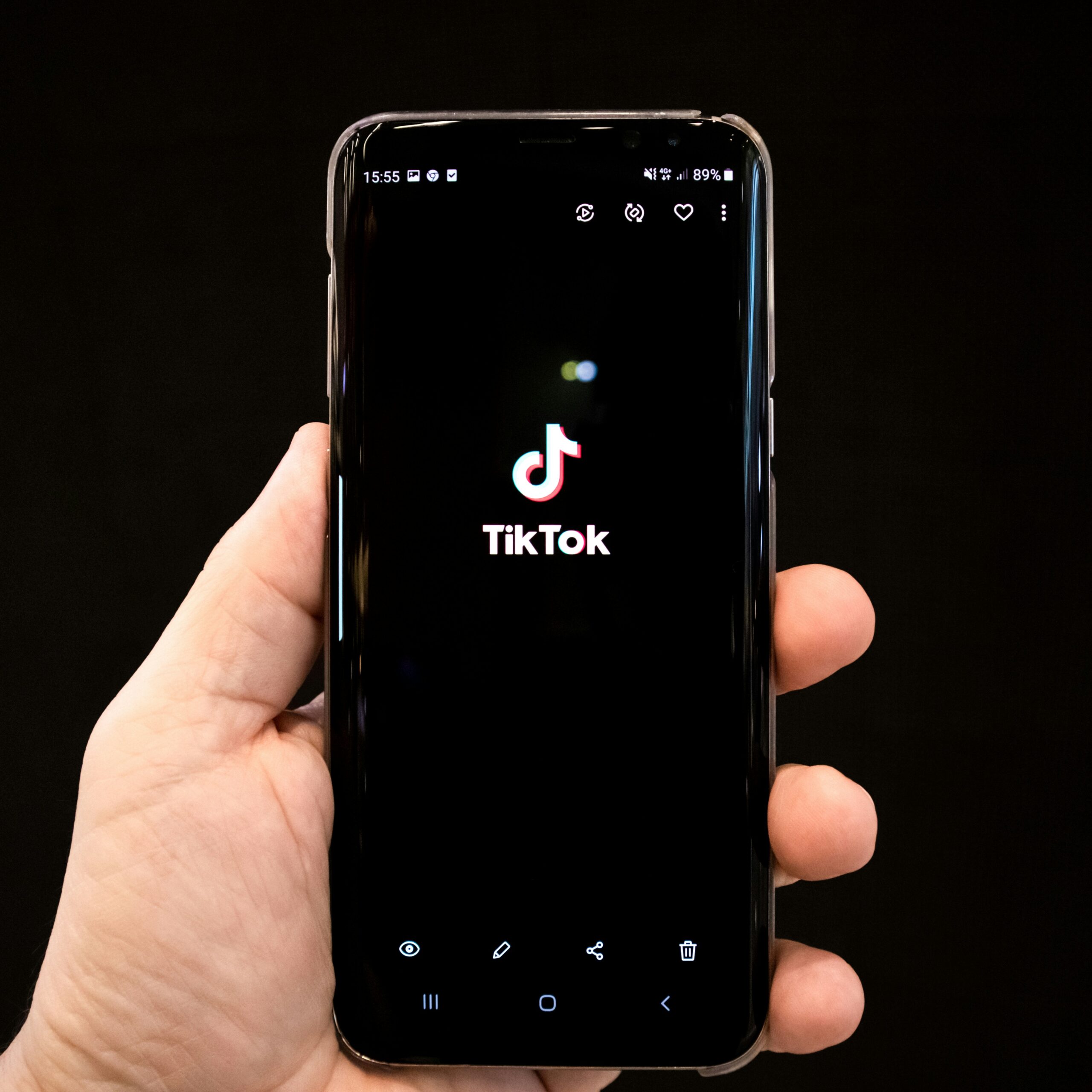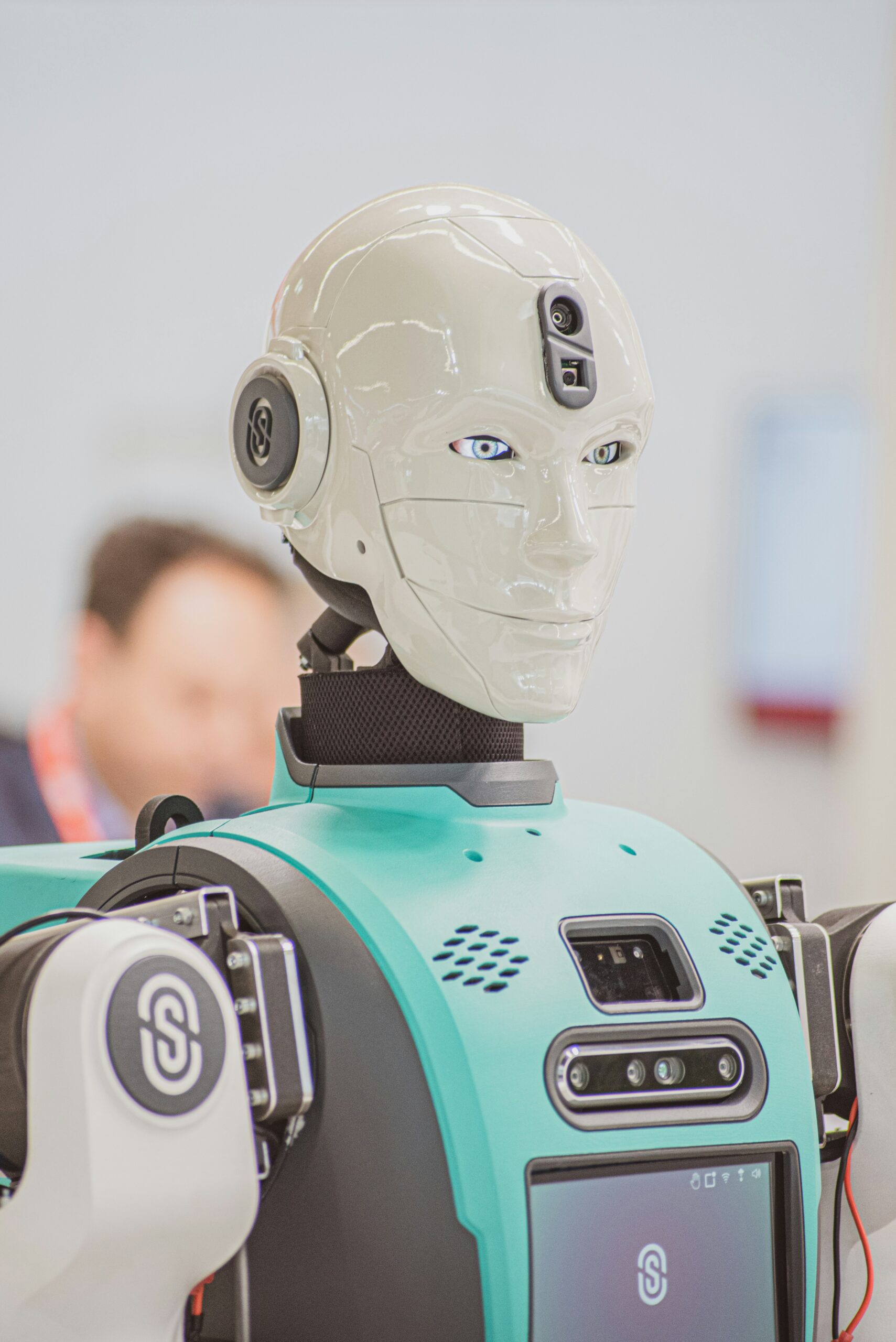Image credit: Pixabay
Generative AI is literally changing the whole process of online search and discovery, curating a new experience that experts are calling generative search. In contrast with conventional search engines that provide users with lists of hyperlinks, generative techniques offer synthesized, dialogue-like responses, changing how customers locate and interact with products or brands.
New tools such as ChatGPT are gradually taking over the role of the traditional online shopping entry point. Instead of entering inquiries on Google or going through Amazon, customers today turn to AI assistants for suggestions. This has led to mounting pressure on brands as visibility, discoverability, and finally sales have ceased to depend on search rankings. The journey of a product or service now relies entirely on the transparency and efficiency of a brand’s data to blend with AI systems of the future.
The Rise of Agentic Commerce
Gradually, the shift in consumer behavior has led to a growing dependence on AI-assisted commerce or Agentic commerce, where AI agents are becoming the direct link connecting brands and customers. More people are turning to ChatGPT for product recommendations instead of browsing a long list of results. This situation has opened up a new door for many tech companies that are already keen to support businesses staying in the limelight through innovative ways.
A key development in this space is the Agentic Commerce Protocol (ACP), introduced by OpenAI in partnership with Stripe. ACP provides a framework for integrating product data directly into AI systems, ensuring that generative models can access accurate, brand-verified information.
Saleor Commerce, an open-source platform, is already embracing this shift by supporting ACP. Its co-founder, Dmytri Kleiner, notes, “Consumers have already expressed a strong preference for using [ChatGPT] for shopping. So obviously, for brands, it’s imperative to be there, just like it was imperative to be in Google for search.”
The statement clearly highlights the shift toward AI. Just as search engine optimization (SEO) became critical in the Google era, AI protocol integration is becoming essential in the age of generative search.
Generative Engine Optimization: A New Kind of Visibility
The rise of AI-driven discovery has also sparked the emergence of a new discipline called Answer Engine Optimization (AEO). Traditional SEO focused on ranking higher in search results, but in a world where large language models (LLMs) summarize and rephrase information, the challenge is ensuring that brand names remain visible within AI-generated responses.
Fabi AI, a firm adapting marketing strategies for AEO, learned this lesson firsthand. As co-founder, Marc Dupuis, explains, “Our content was being used by the AI chat, but our name, Fabi, wasn’t appearing. Today, you kind of have to be a little bit more forward about that because the AI is going to extract from the top of the content.”
Brands must rethink the way they structure and present information if they aim to stay relevant. This way, they can keep their identity unmistakable even when AI condenses their content into a few sentences. Clear brand placement, structured metadata, and concise, high-quality content should be the priorities for brands so AI systems can easily parse and retain context.
Data Quality and Scraping in AI Discovery
As AI-driven discovery accelerates, data quality has become a defining factor in visibility and accuracy. Generative models rely heavily on the data they’re trained on, and when that data is outdated or unstructured, results can suffer from hallucinations or misinformation.
This challenge has spurred innovation among AI infrastructure companies like franconAI, whose Private Discovery Engine blends traditional web scraping with AI analysis to produce verified, high-intent leads. According to Benedikt Herlt, “The combination of quantity increase and quality increase has led to way more opportunities and also to new deal closures.”
For brands, maintaining structured, up-to-date product information is no longer optional; it’s the key to ensuring that AI platforms accurately represent their offerings in the discovery process.
Staying Competitive in a Generative Search World
As generative AI continues to change the way people search, shop, and decide, brands must shift their focus from optimizing for algorithms to optimizing for answers. Structured data, conversational context, and clear brand integration are now essential components of visibility in the digital marketplace.
At the same time, concerns are growing about gatekeeping by major AI platforms. With a handful of models mediating discovery, questions arise about fairness, access, and who gets visibility in an AI-curated ecosystem.
Adapting to the generative search era isn’t just a technological upgrade; it’s a strategic necessity. To remain visible and competitive, brands must ensure their data speaks fluently to both humans and machines, positioning themselves within the evolving landscape of conversational commerce.















































